8. Brochure “Panerai. L’ora della Leggenda”
First example of an Officine Panerai advertising brochure with a detailed description of the three references from the 1993-1994 collection.
根据导航信息,我们设置了以下地区及货币:
China - ¥
如果您希望更改,可以选择不同的设置。
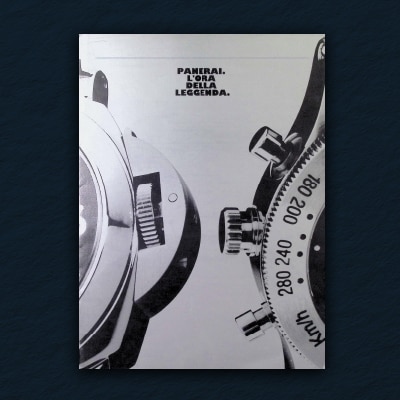
First example of an Officine Panerai advertising brochure with a detailed description of the three references from the 1993-1994 collection.
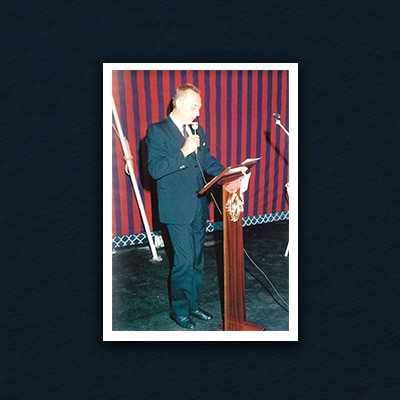
Amedeo of Savoia Aosta, son of duke Aimone di Savoia, who served as the head of the Italian Navy’s commando unit from the late 1930s until 1943.
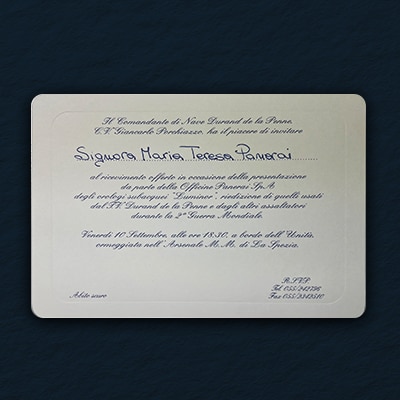
Sent to Mrs. Maria Teresa Panerai, widow of Giuseppe Panerai, this invitation to the 1993 launch reflects the continued bond between Officine Panerai and the Panerai family.
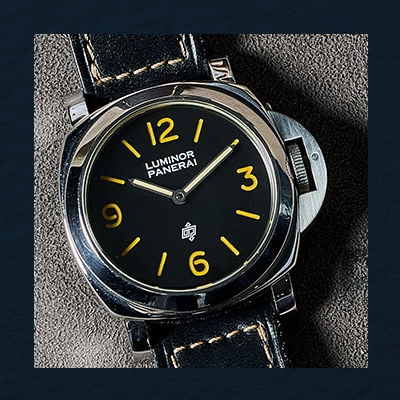
Part of the first civilian collection in 1993, this model introduced the now-iconic 44 mm case and featured the OP (Officine Panerai) logo, earning the name “Luminor Logo.”
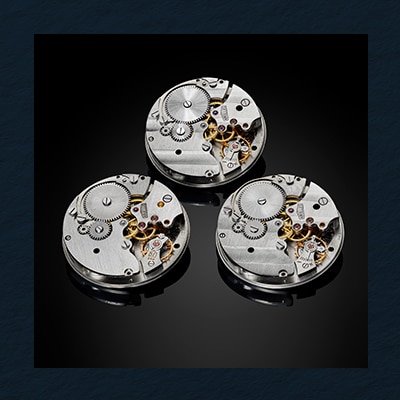
First used in the 1956 GPF 2/56, the Angelus SF 240 movement enabled weekly winding, minimizing maintenance and tool wear.
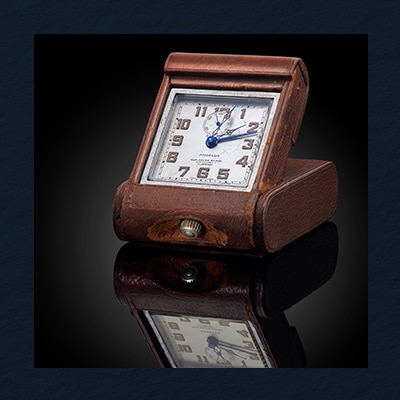
This Angelus portable alarm clock was specially commissioned for Orologeria Svizzera in the 1940s. Powered by the Angelus SF 240 calibre.
.jpg)
The 3646 features the renowned “sandwich dial”, a clever invention by Giuseppe Panerai designed to provide lasting visibility for divers on their missions.
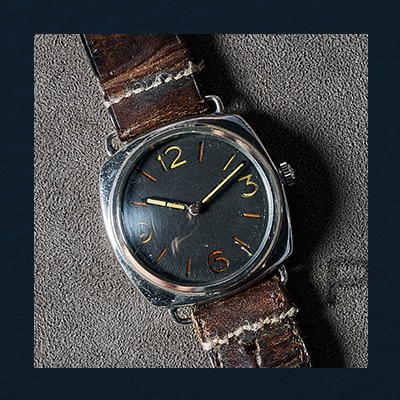
A classic example of a 3646 with a 47 mm cushion-shaped case, featuring a conical screw-down crown, and wire lugs with a hand -stitched leather strap.
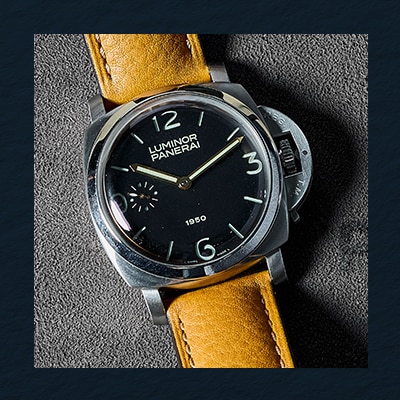
Among the first 47 mm models, it quickly became an instant Panerai classic. Known to collectors as the “Fiddy”, it features a reversed crown-protecting bridge.
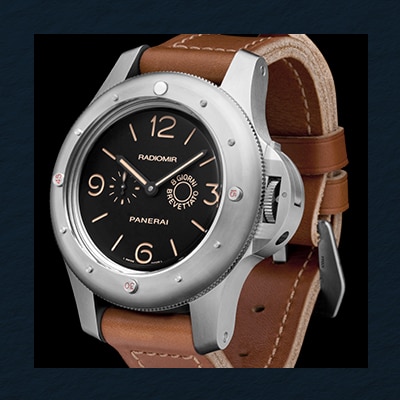
Replicated with innovative titanium materials, this watch embodies the spirit of the original GPF 2/56 design, seamlessly integrating the bridge, bezel and long power reserve.
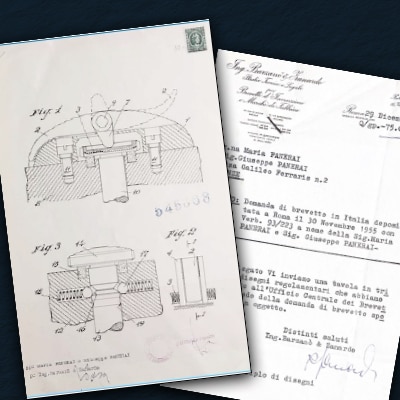
Installed and patented for the GPF 2/56 “Egiziano”, this bridge locks the crown to enhance water resistance for underwater missions: a hallmark of Panerai’s design.
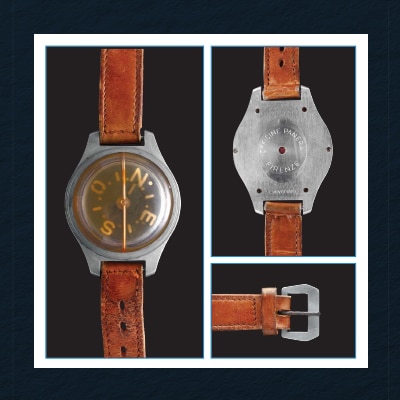
An underwater navigation tool with luminous markings. It requires the diver to hold their arm horizontally to check their orientation.
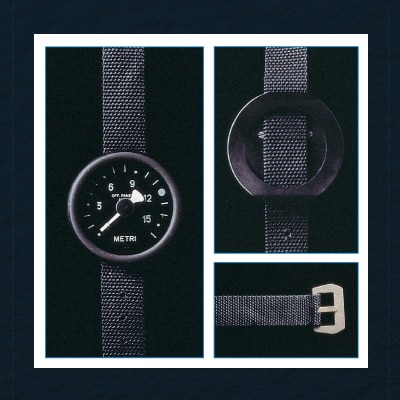
Part of the diver’s kit since the 1940s, this gauge measured underwater depth. Panerai produced several models with depth ranges spanning from 7 to 50 meters.
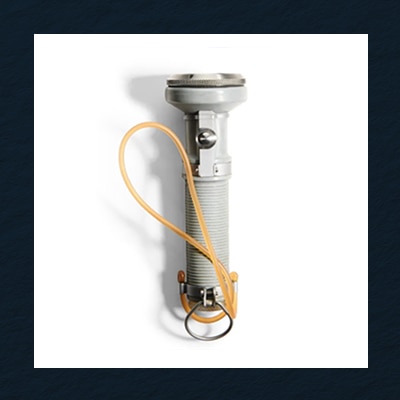
An underwater flashlight using a cold light Elux Panerai panel to emit signals undetectable by infrared. Powered by a dry battery, it illuminated nearby areas without heat.
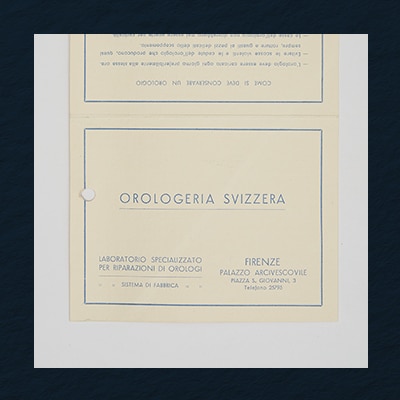
To honor the Panerai family's roots as watchmakers, on view is an original warranty document from the Orologeria Svizzera, which accompanied watches sold at their store.
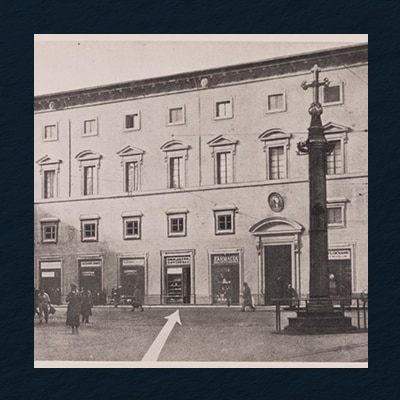
Orologeria Svizzera employed trusted watchmakers who assembled and repaired all watches on the first floor before they were sold.
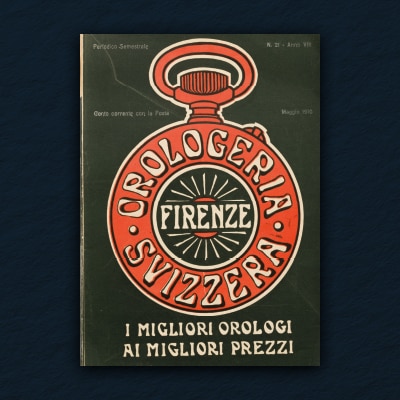
Guido Panerai used catalogues to advertise his Orologeria Svizzera shop and spare parts for watchmakers. On display: a vintage catalogue and its original printing plate.
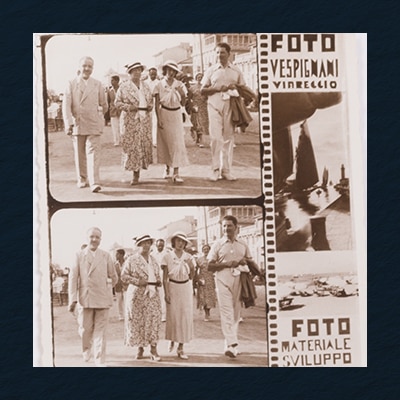
Through these images, we gain insight into the personal life of the Panerai family — a glimpse at their vacations at the beach and scenes of everyday life in their garden.
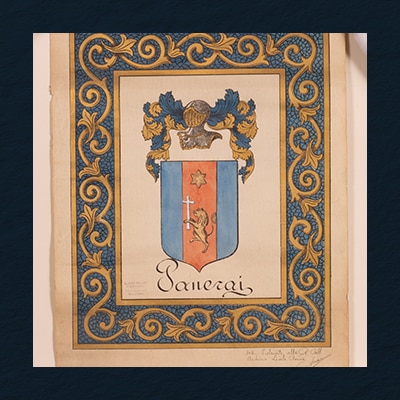
The Panerai family tree—from Giovanni, who opened the first watch shop, to Giuseppe, creator of the Panerai watches—legacy in every generation.
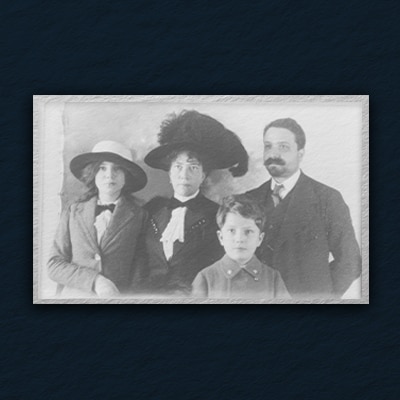
This family portrait introduces the key figures in our story: Guido with his wife Guglielmina, and their children Giuseppe and Maria.
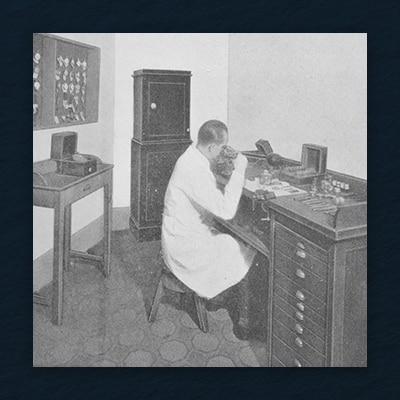
Orologeria Svizzera employed trusted watchmakers who assembled and repaired all watches on the first floor before they were sold.
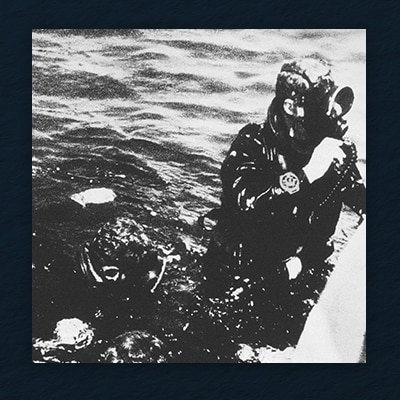
Thanks to the technical skills developed through the family’s watchmaking operations, Panerai secured the contract to produce watches for the Italian Navy’s frogmen.
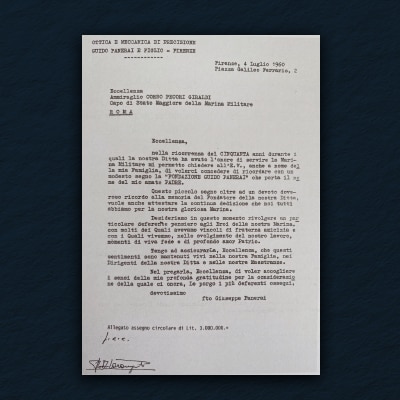
Dated 1960, this letter verifies the 50 years of collaboration with the Italian Navy. Panerai supplied tools since the 1910s, continuously evolving to meet different needs.
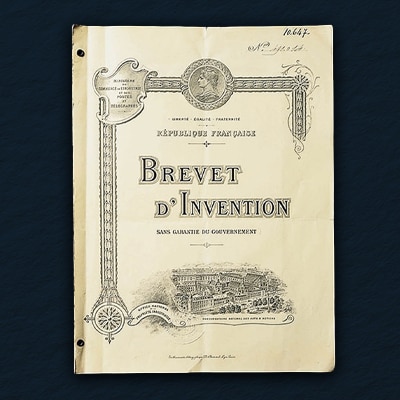
The French patent marks the first use of “Radiomir,” the luminous paste invented by Panerai. Made with radium, it enabled visibility in total darkness for high precision tools.
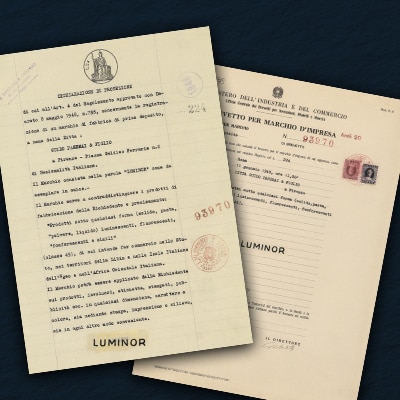
Developed on the Navy’s request in 1940s, Luminor, a safer tritium-based compound was made. From the 1960s, it replaced radium; by 1971, all radioactivity was eliminated.
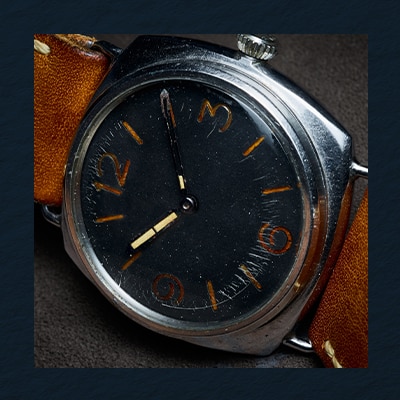
The 3646 diver’s watch with an anonymous sandwich dial, illuminated using Radiomir, a self-luminous paste that ensured constant visibility in total darkness.
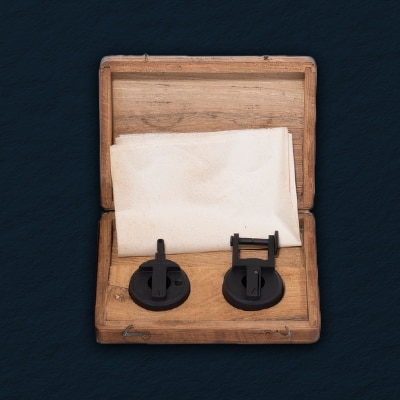
Early 20th-century aiming tools, enhanced with Panerai’s Radiomir paste for night visibility. Adopted not just by the Italian, but also French, British, and American forces.
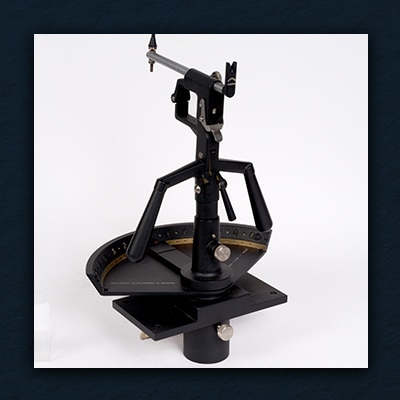
This instrument measures angles from a fixed direction. Mounted on a tripod, it used Radiomir paste to remain visible both day and night.
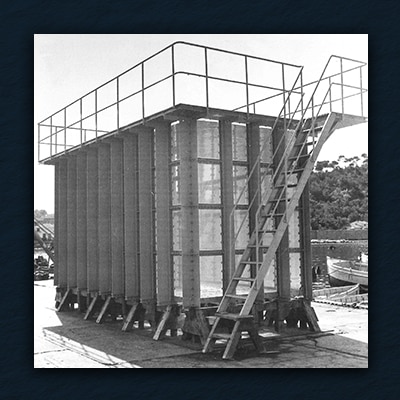
In the 1950s, Giuseppe Panerai built a plexiglass training pool for Navy divers. Still in use today, it featured plates marked “Officine Panerai Firenze” in red.
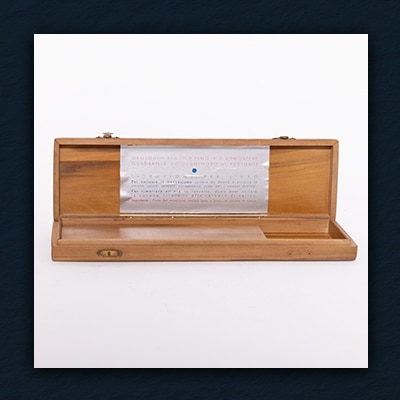
Authentic wooden box for Panerai diver's watches with Radiomir paste, sent to the Navy, including instructions.
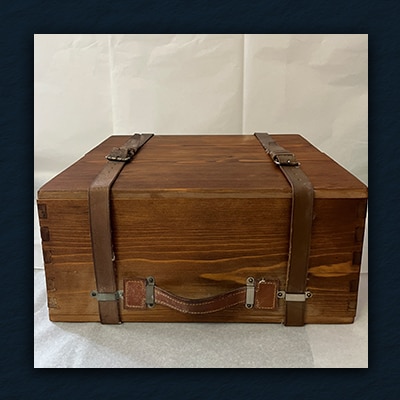
Officine Panerai's original wooden shipping box for watches, compasses, and depth gauges sent to the Italian Navy, found at Villino Panerai.
.jpg.transform.global_image_375_2x.png)